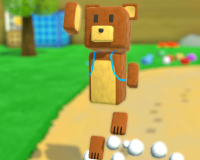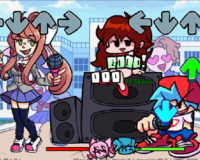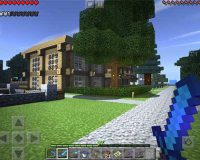
Advertisement
Ages of Conflict: World War Simulator
Ages of Conflict: World War Simulator is a sandbox strategy game centered on large-scale world generation and automated war simulation. Instead of controlling a single nation, the player observes or manipulates how multiple countries grow, form alliances, and engage in battles. Each simulation plays out differently, as every map and nation develops according to random conditions. The focus is on the balance of systems rather than individual decision-making, allowing players to explore how small changes influence global outcomes.
World Structure and Nation Behavior
At the beginning of each simulation, a map filled with independent regions and nations is generated. These nations expand, fight, and collapse based on internal rules and external interactions. The player can either let the simulation progress naturally or intervene by editing parameters such as population size, aggression level, and alliances. This flexibility transforms every session into a different experiment. It shows how territorial control and diplomacy interact, producing both long-term stability and unexpected conflicts. The world’s political landscape constantly shifts as nations rise and fall.
Gameplay Systems and Player Tools
The game’s mechanics emphasize flexibility and experimentation rather than strict objectives. During gameplay, players can:
- Create or delete nations directly on the map.
- Modify diplomatic relations between countries.
- Trigger wars or enforce peace at any moment.
- Adjust population, strength, and territory size.
- Observe global events through detailed map visualization.
This set of tools provides control over how the simulation unfolds, giving the player the role of a world designer or neutral observer. It supports both active manipulation and passive observation, depending on how much influence the player wishes to have.
Design and Development Approach
Ages of Conflict: World War Simulator is built around procedural logic and autonomous systems. Every event in the game emerges from data-driven interactions rather than prewritten scenarios. This makes each session unpredictable and self-sustaining. The interface presents information clearly, displaying changes in population, borders, and military power in real time. The visual style is minimal, focusing on clarity and accessibility over detailed graphics. This approach ensures that the player’s attention stays on world dynamics, not surface detail.
Ages of Conflict: World War Simulator provides an open-ended framework for exploring the logic of expansion, cooperation, and war. Its procedural structure guarantees that no two simulations are the same, encouraging experimentation and analysis. The experience can serve both as entertainment and as a study of system behavior, showing how conflict evolves from small decisions and random variation. Through its simple mechanics and adaptable systems, the game demonstrates how global patterns of change and instability can emerge from a few basic rules.

















































































